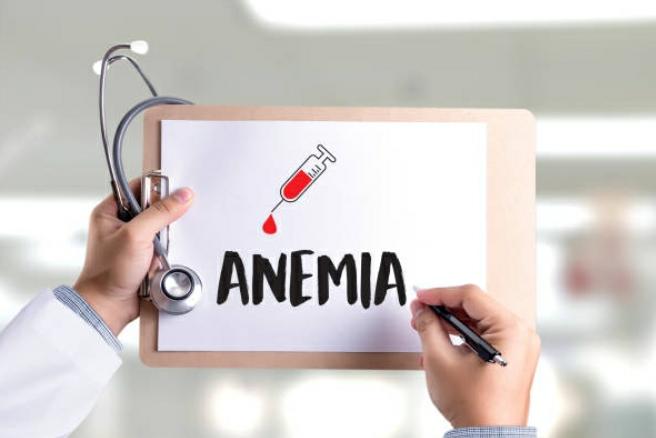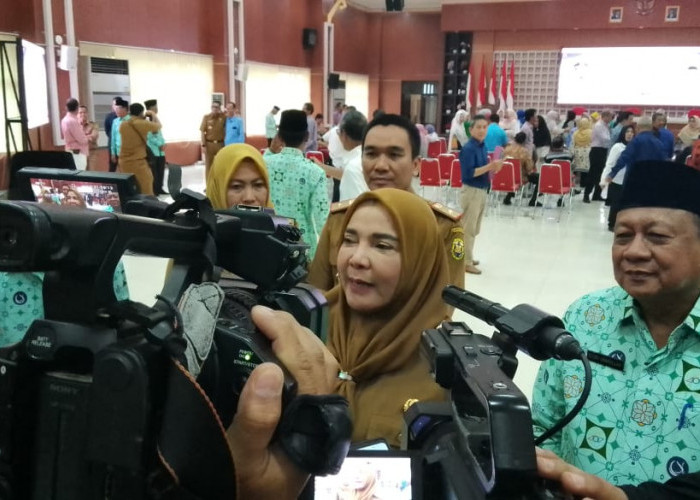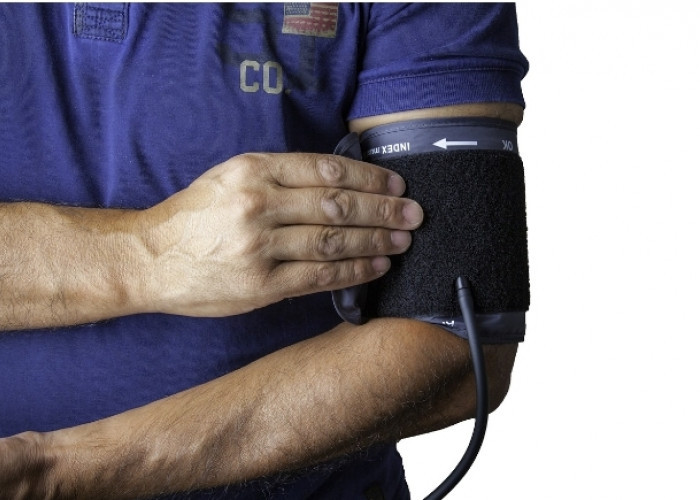Recognizing Anemia in Adolescents: Causes and Ways of Prevention

Causes and ways to prevent anemia in the adolescent age group. ILLUSTRATIONS/PHOTOS PIXABAY.com--
BACA JUGA: Does Sweet Food Turn Out to be Dangerous for Children? Check out the following explanation:
The most common trigger is a low intake of iron in the body due to an unhealthy diet.
This type of anemia experienced by adolescents due to low nutritional intake is known as "iron deficiency anemia."
When the body is deficient in iron, it will affect the production of hemoglobin, which is a protein in red blood cells that functions to bind oxygen.
A lack of intake of vitamin B12 and folate into the body can also trigger anemia due to inhibition of the process of forming red blood cells in the body.
BACA JUGA: Mother Must Know! Here's How to Clean a Baby's Tongue the Right Way
Then the loss of red blood cells caused by bleeding can also be a trigger for anemia.
Bleeding in women in their teens is usually experienced when they enter a long menstrual period. Which is not accompanied by the consumption of adequate nutrition.
Apart from menstruation, bleeding that can cause anemia can also be triggered by taking long-term non-steroidal anti-inflammatory drugs (NSAIDs).
Then post-trauma, post-surgery, dengue fever, and even severe hemorrhoids are thought to be triggers for anemia in adolescents.
BACA JUGA: Benefits of Coconut Oil for Facial Skin Health
There is also sickle cell anemia, which is caused by a deformity in the red blood cells, resulting in an abnormal shape of the red blood cells.
The condition experienced due to the deformity of red blood cells usually occurs due to genetic factors.
Under these conditions, the shape of red blood cells that should be round actually becomes like a crescent moon.
If the shape of the red blood cells resembles the letter C, then it can make the red blood cells more susceptible to getting stuck in the blood vessels.
Cek Berita dan Artikel yang lain di Google News
Sumber:















